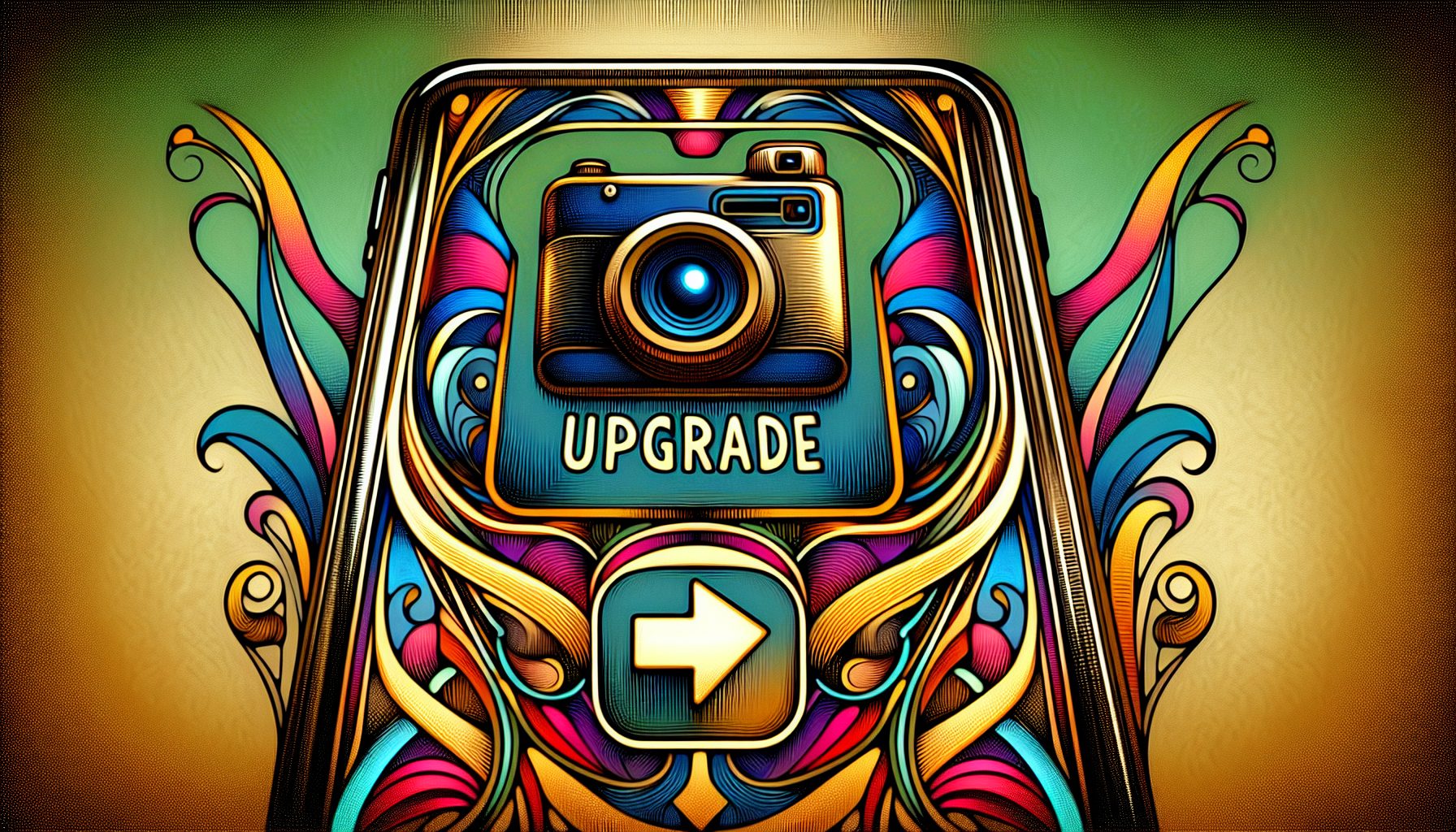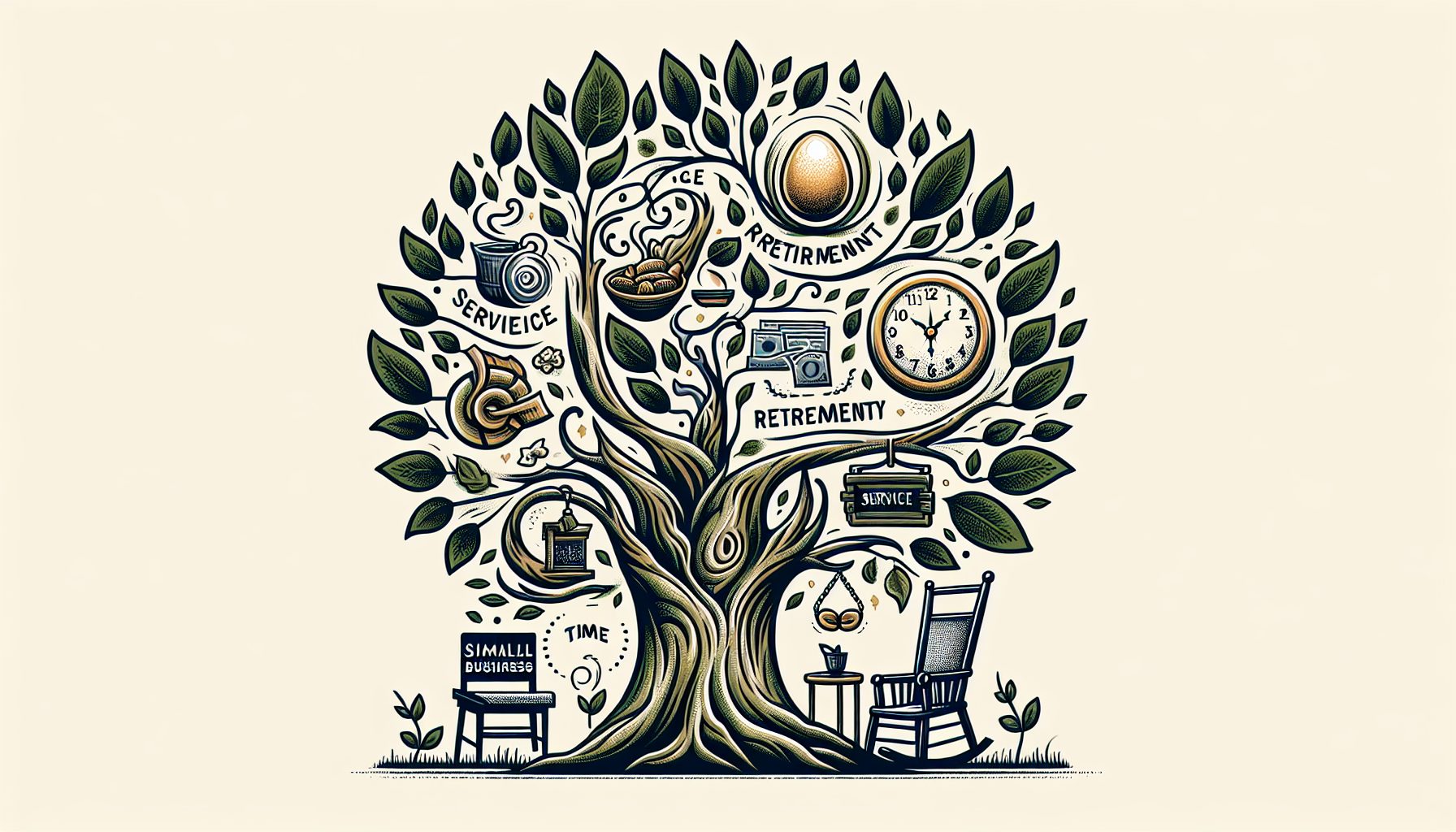Apple CEO Tim Cook told an audience at the Goldman Sachs Technology and Internet Conference recently that 80 to 90 percent of his computer time is spent on an iPad. You might be forgiven for viewing this claim as marketing hype from a guy who really, really wants to sell more iPads.
But the comment resonated with me, personally. I love my iPad, and look at it as not only something that’s capable of stepping up to the tasks normally done by a full-fledged PC, but also as a device that’s superior in some respects.
For example, it’s easier to avoid distractions on an iPad. The battery is very long-lasting. Maintenance and management time rounds to zero. If the goal is to focus on work and get things done, the iPad—and tablets in general—are a great but underappreciated option.
We’re in a weird time with the relative “hotness” of PCs, tablets and smartphones. We were told that PC sales were in decline because of tablets. Then we learned that tablets were in decline, too. (Smartphones are definitely not in decline.)
But all that is irrelevant when it comes to provisioning your company with computer equipment. The questions are: Which end-user systems are most cost-effective? Which are best suited to the tasks employees are doing? Which are best for training costs? Which are best for backend systems, data repositories, in-house applications and security?
Rethinking the PC
It’s amazing how widespread the reflex in favor of PCs is. Business users of all kinds must have PCs. They’re necessary.
I think it’s time to re-examine what PCs can really do that tablets cannot do. For example:
Tablets don’t have keyboards. Really? Just buy a keyboard and connect it via Bluetooth. The claim that tablets don’t have physical keyboard is a myth. I’ve been using a keyboard with my iPad since the day the unit shipped four years ago. I use the same Apple keyboard with my Android phone and Android tablets I’ve used over the years. Just about any wireless keyboard will work with just about any tablet.
Tablets can’t run enterprise apps. Wrong again. Android and Apple tablets are great cloud devices, and many enterprise apps are in the cloud. In any event, tablet apps are easier to develop than PC applications.
Tablets don’t have serious backend support. That may have been mostly true last year, but it definitely won’t be true next year. While the third-party market for backend support is vibrant enough—and a constant work in progress—the leading companies have announced huge strides in serious support for tablets and smartphones in the enterprise.
Google’s next version of Android—which hasn’t been named yet, but the name will begin with the letter L—comes with a big basket of enterprise goodies that you need to know about, most of which come under the umbrella brand Android Work.
The initiative tackles one of the central issues with using a tablet or phone in the enterprise, which is that users want to do personal stuff on the same device where (hopefully) secure work is taking place. (Google plans to adopt Samsung’s Knox Security for this purpose.) When people are using work apps, they’ll display a “badge” to remind them they’re in work mode.
Google is building in much better support for BYOD, too. So whether the smartphone or tablet is company- or employee-owned, the two sets of applications will be kept separate and company data will be secured, according to Google.
Android Work has lots of new APIs for developers, but the most interesting are APIs for per-app policy configuration, which can be determined by an Enterprise Mobility Management (EMM) provider.
Google also announced new ways to buy for companies via Google Play, including a bulk-purchase option for apps.
Apple also recently announced a new push for the enterprise—two of them, in fact. The first big one includes enterprise-friendly features in the upcoming iOS 8 platform for iPhones and iPads. Apple had previously rolled out its device enrollment. This feature can be mandatory and lockable, and devices can be set up in bulk with Apple’s Streamlined Setup Assistant.
More recently, Apple signed a surprising deal with IBM. The details are many, but, in a nutshell, IBM is going to sell iPhones and iPads. Also: The two companies will work together to create more than 100 apps for vertical industries such as banking, transportation, retail, health care and so on.
Users want PCs. This is also changing fast. To a large extent, a user’s preference for and familiarity with tablets is a function of age, with younger users preferring tablets and older ones more comfortable with PCs. Ultimately, however, what users want is ease of use and suitability to purpose. And for a huge number of enterprise user applications and tasks, tablets are not only acceptable, but preferable.
So, while far too many people are walking around with antiquated misconceptions about the fitness of tablets for enterprise users, PCs—the devil we know—tend to get a free pass.
Here are the facts: Relative to tablets, PCs are expensive, bloated, require far too much training, are more vulnerable to attack, are less mobile and take up too much space. Plus, they have far more compute power and flexibility than most users could ever need.
Of course, it’s up to you and your staff to decide what the right tool for the job is. But it’s also true that most people have outdated beliefs about both PCs and tablets.
It’s time to revisit our assumptions and see where tablets might replace PCs everywhere possible.









